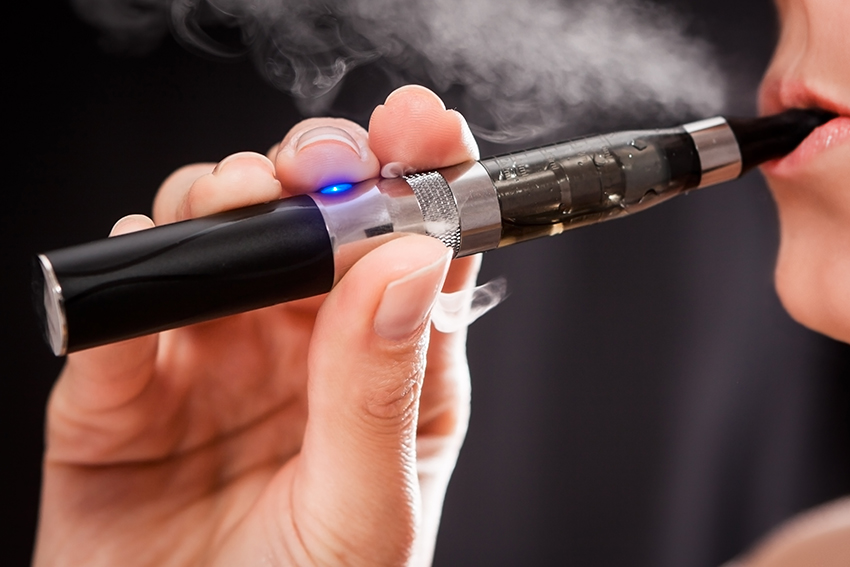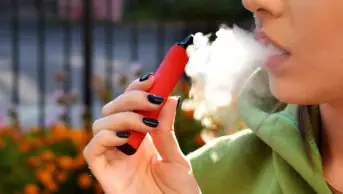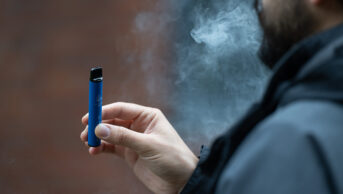
Shutterstock.com
The different flavourings contained in e-cigarettes play a key role in the amount of free radicals produced in e-cigarette aerosols, according to a study published in Free Radical Biology and Medicine (online, 13 March 2018)[1]
.
Free radicals are unstable, highly reactive molecules that can cause cell damage. They are found in high concentrations in cigarette smoke and have been linked to conditions such as inflammation, heart disease and cancer.
The researchers systematically evaluated the generation of free radicals by 49 commercially available, nicotine-free e-liquid flavour concentrates in e-cigarette aerosols. They also identified the individual flavourants found in the e-liquids and evaluated the effects of ten specific flavourants on free radical generation.
The composition of the e-liquid was analysed by gas chromatography-mass spectrometry, and aerosols were generated under normal laboratory conditions using puffing parameters resembling typical use. The free radicals in the aerosols were then trapped and quantified.
Overall, radical production varied widely across the different flavoured e-liquids tested. However, nearly 43% of the flavours resulted in significant increases in free radical production compared to the flavour-free baseline mixture.
Flavours associated with a significant increase in radical production included lemon (46%), grape (56%), coffee (58%), ‘real honey’ (67%), raspberry (72%) and bubblegum (76%).
Those resulting in the highest increases included ‘subtle cinnamon’, which contained linalool and was associated with a 105% increase in free radical production, and ‘vanilla custard’, which contained ethyl vanillin propylene glycol acetal, delta-tetradecalactone, piperonal and ethyl maltol, and was associated with a 122% increase.
In contrast, a 42% reduction in free radical production (below the baseline) was seen as a result of adding vanilla flavouring, or ethyl vanillin. The researchers suggested that ethyl vanillin could possibly be used as an additive in e-liquids to reduce free radical production during aerosol formation.
“We found that many of these flavourings increase free radicals, but a few decreased them, as well, which raises the possibility that maybe there are things you can add to these liquids that could reduce radical production and might make them safer,” said John Richie, professor of public health sciences and pharmacology at Penn State College of Medicine, and one of the authors of the study.
“I think these results can be useful to help set guidelines in terms of regulating these products,” he added.
More research will be needed to further investigate these flavourants and the products they form when heated and aerosolised, the authors concluded.
References
[1] Bitzer Z, Goel R, Reilly S et al. Effect of flavoring chemicals on free radical formation in electronic cigarette aerosols. Free Rad Bio Med 2018:120;72–79. doi: 10.1016/j.freeradbiomed.2018.03.020


